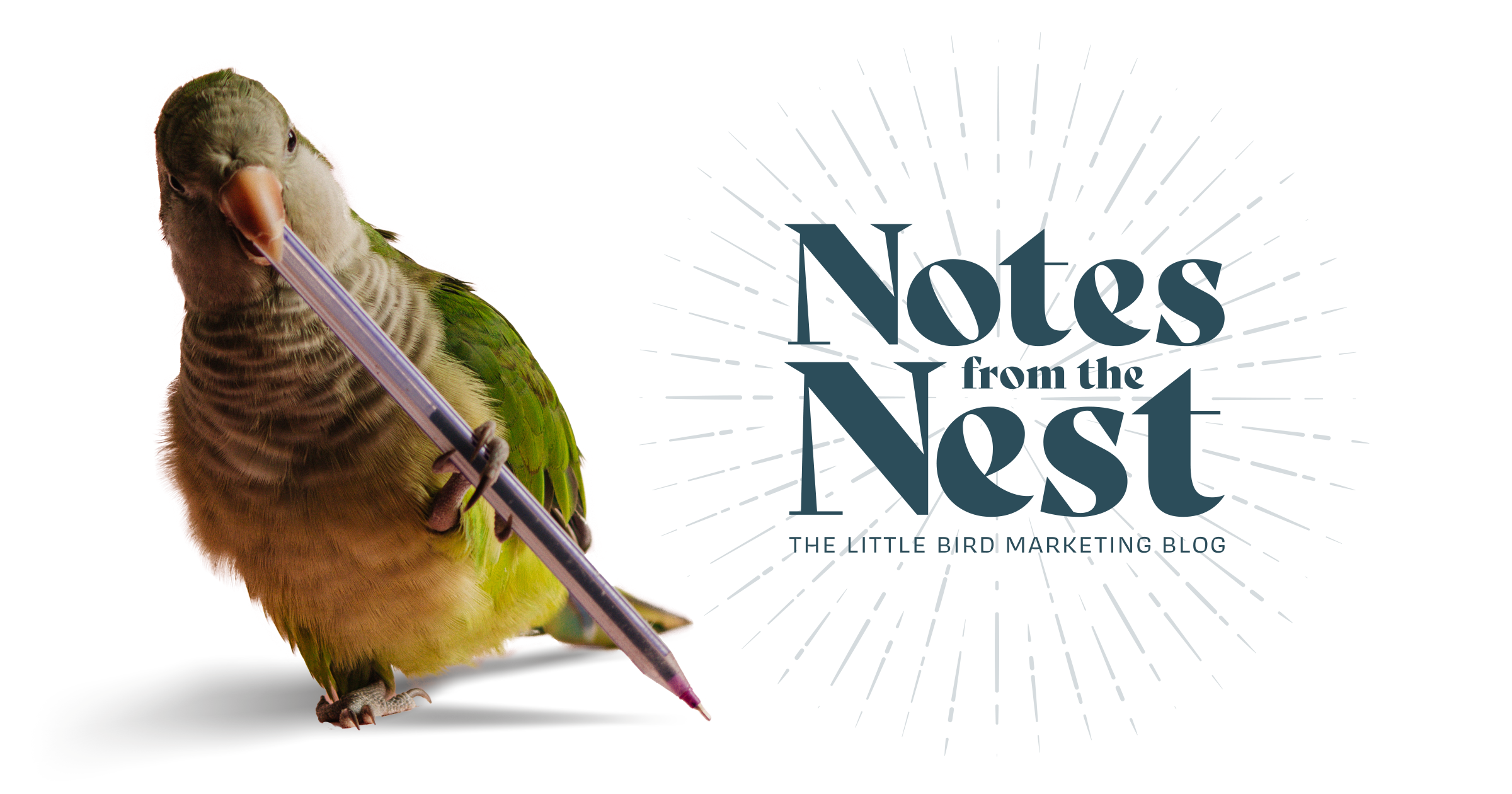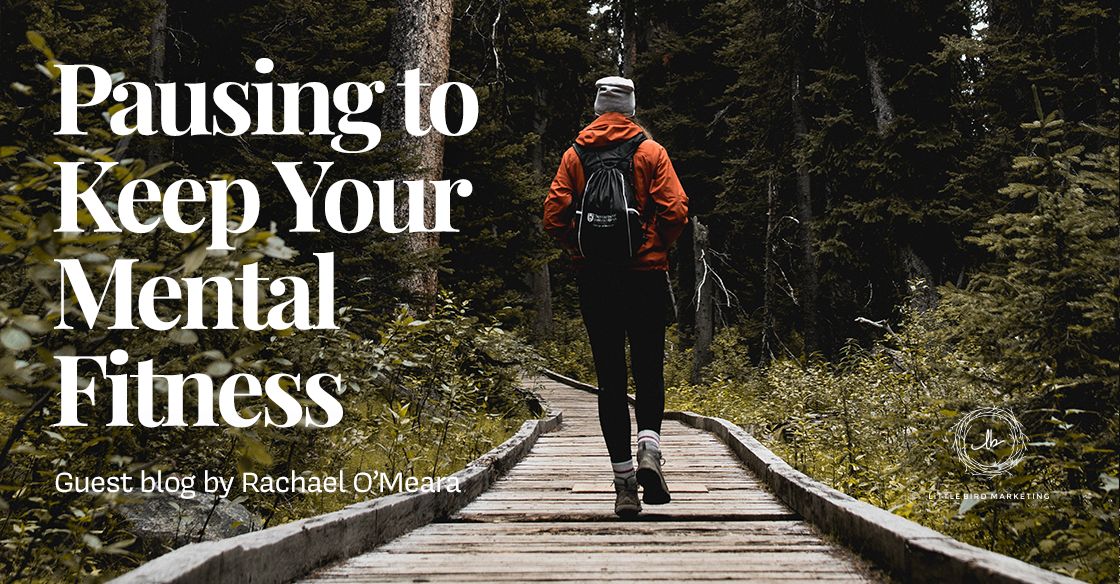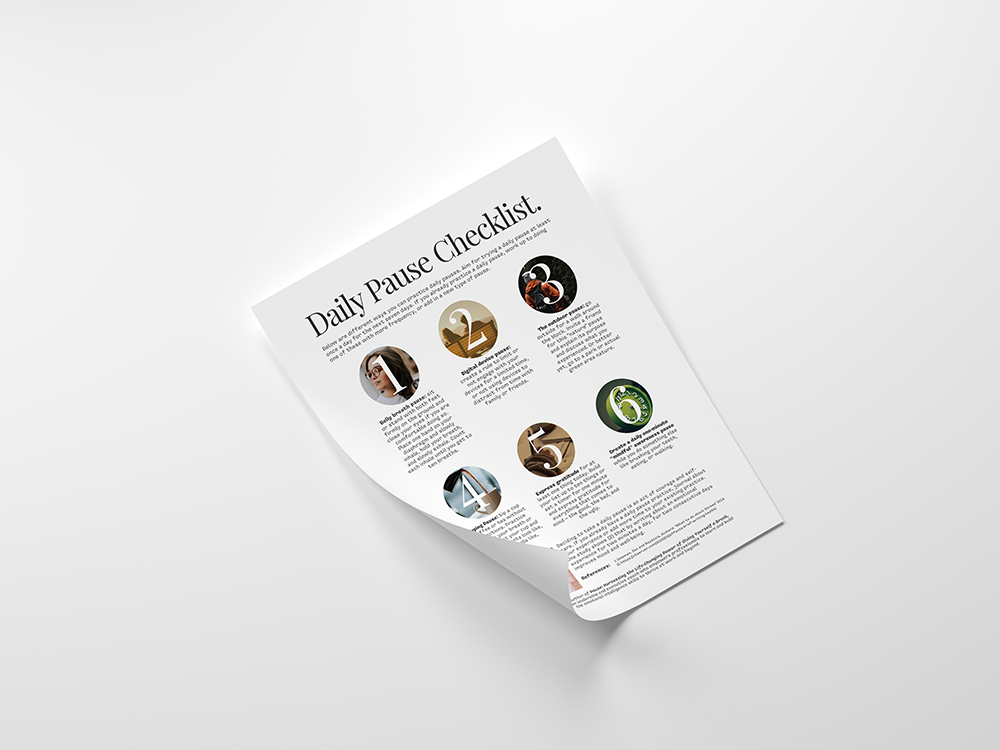Guest Blog By Rachael O’Meara
We all know that to keep your mental edge, it takes a great deal of gusto, grit, and organization. However how often are we truly feeling optimal? Getting overwhelmed or overloaded seems almost inevitable in this day and age. Regardless of what you take on and how busy you get, taking a pause, defined as any intentional shift in behavior, might be one of the best self-prescribed remedies to stay out of overwhelm, and thrive as you stick to your plan and achieve your goals.
Research shows (1) that renewal activities and taking up to four fifteen minute breaks is a great strategy to sustain yourself for the long term, and enjoy your life while you progress towards what you want. Taking shorter, more frequent pauses, in varying ways, is more beneficial than taking a longer more intense break. As your stress levels increase, it’s important to increase the ways you renew, and pausing is an effective way do so.
Pausing, or intentionally shifting your behavior, on the surface appears counter-intuitive. We often resist pausing because we think we will look like slackers, or we feel guilty about not charging forward in what we set out to do. In our always-on culture, especially in the western world and corporate life, we are rewarded for our never ending to-do lists and our rapid pace. I am all for productivity, but it doesn’t have to be this way.
Instead of conforming to the norms of what society expects and barreling through our to-do lists, it’s time to change the paradigm. Consider pushing pause to enhance creativity, self-renew, and engage your senses even to create a state change and new ways of being and thinking. Harvard researcher and psychologist Shelley Carson warns us, “A distraction may provide the break you need to disengage from a fixation on the ineffective solution.” Creating space helps us expand our capacity and sustain ourselves. Be open to see what happens or how you can feel differently.
Daily Pause Checklist. Below are different ways you can practice daily pauses. Aim for trying a daily pause at least once a day for the next seven days. If you already practice a daily pause, work up to doing one of these with more frequency, or add in a new type of pause.
- Belly breath pause: sit or stand with both feet firmly on the ground and close your eyes if you are comfortable doing so. Place one hand on your diaphragm and slowly inhale, hold your breath, and slowly exhale. Count each inhale until you get to ten breaths.
- Digital device pause: create a rule to limit or not engage with your devices for a limited time. Try not using devices when spending time with family or friends to reduce distraction.
- Outdoor pause: go outside for a walk around the block. Invite a friend for this “nature” pause and explain its purpose and discuss what you experienced. Or better yet, go to a park or actual green space.
- Sipping pause: sip a cup of coffee or tea without distractions. Practice following your breath or noticing what your cup and its contents look like,
feel like, smell like,
taste like. - Gratitude pause: for at least one thing today. Build your list up to ten things or set a timer for one minute and express gratitude for everything that comes to mind – the good, the bad, and the ugly.
- Mindful awareness pause: while you do something else like brushing your teeth, eating, or walking.
Deciding to take a daily pause is an act of courage and self-care. If you already have a daily pause practice, journal about your experience or add more time to your existing practice. One study shows (2) that by writing about an emotional experience for two minutes a day, for two consecutive days improves mood and well-being.
ARE YOU BREATHING? GOOD. SNAG A PRINTABLE COPY OF THIS CHECKLIST TO KEEP ON YOUR DESK!
References:
1) Goleman, Dan and Boyatzis, Richard. What to do about Stress. 2016.
2) https://observer.com/2009/03/effects-brief-writing-health/
 This blog was written by Baillie Buchanan, cofounder and CRO of Research for Good.
This blog was written by Baillie Buchanan, cofounder and CRO of Research for Good.
Learn more about Research for Good's mission.
Follow Baillie on LinkedIn and Twitter.
Check out Priscilla's interview with Baillie on Ponderings from the Perch!






Let Us Know What You Thought about this Post.
Put your Comment Below.